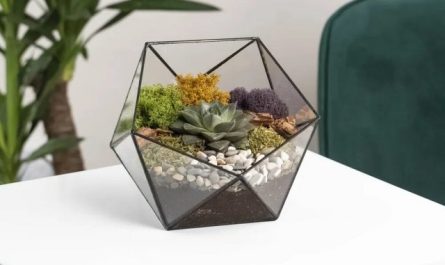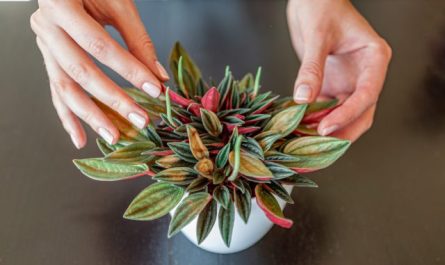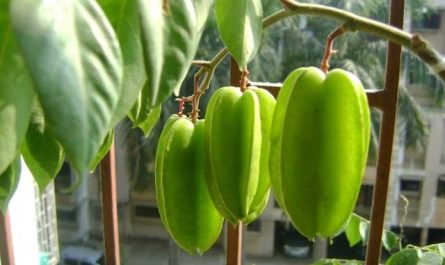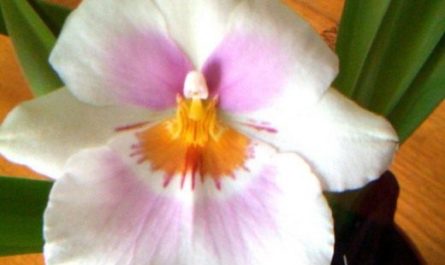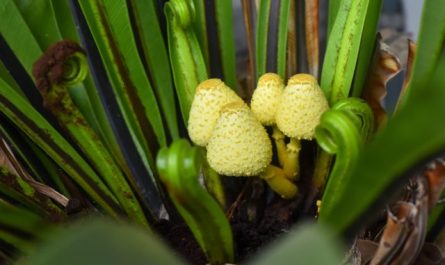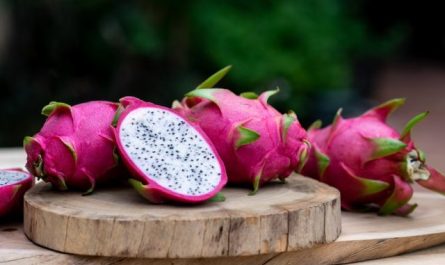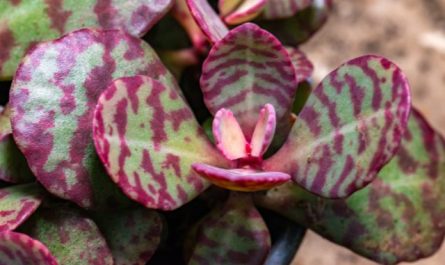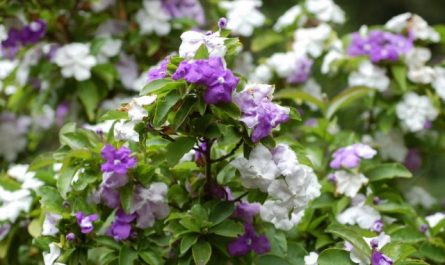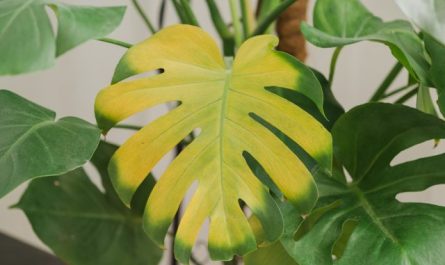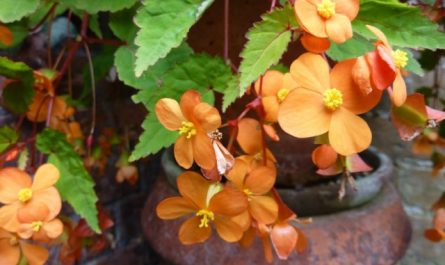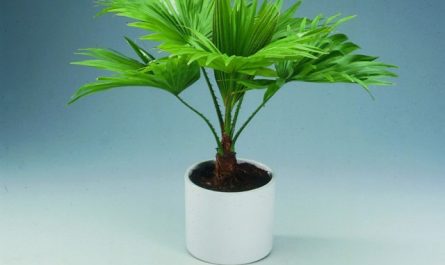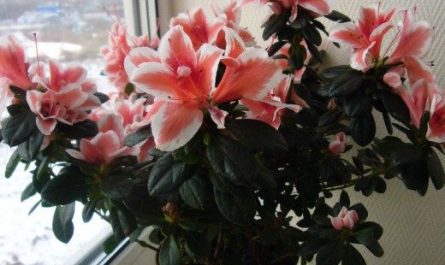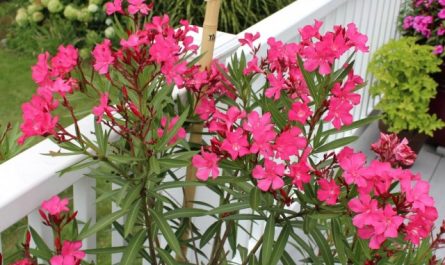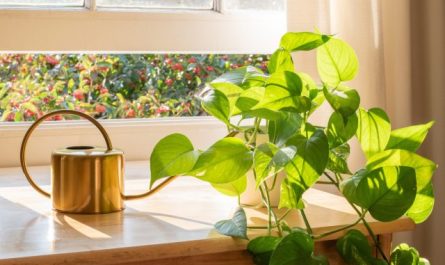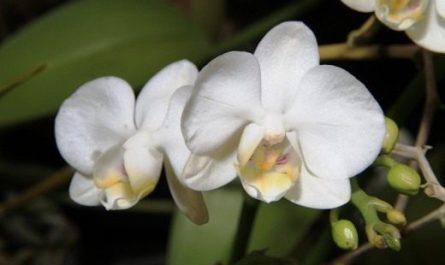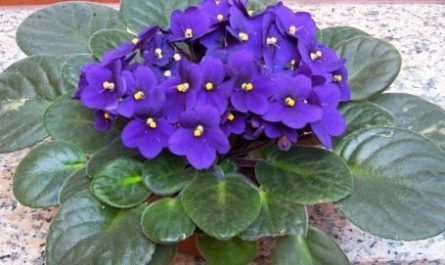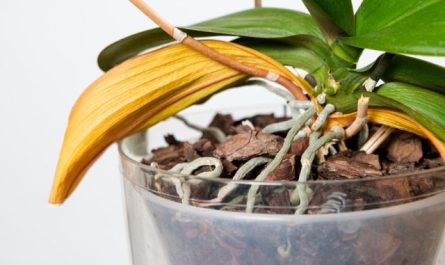Ammonium nitrate is also called ammonium nitrate. By its nature, it is a salt of nitric acid, one of the most common representatives of the family of mineral fertilizers. By using ammonium nitrate on time and in optimal dosages, you can ensure that the flowers on your site will bloom longer and more luxuriantly, and the fruits of shrubs and fruit trees will become much tastier. They say that the use of ammonium nitrate even extends the storage periods of late varieties of apples, and roses grown in soil rich in ammonium nitrate last longer in vases.
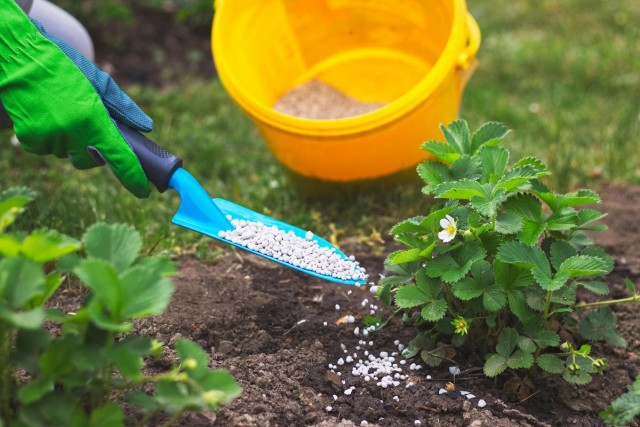
Contents:
The manufacturing process and composition of ammonium nitrate
In terms of the scale of use, ammonium nitrate is the clear leader among all fertilizers used in vegetable growing, fruit growing and agriculture in general. Perhaps the popularity of the fertilizer is due to the ability to “work” with it even when the ground has not yet completely thawed.
Ammonium nitrate is a single-component compound that, when it reaches the soil surface, immediately begins to decompose, releasing a fairly significant amount of nitrogen.
It is produced in two ways. The first way is to obtain ammonium nitrate by neutralizing nitric acid with gaseous ammonia. The second way is to synthesize ammonia from nitrogen and hydrogen, part of which is oxidized to nitric acid and reacts with ammonia, resulting in the formation of ammonium nitrate.
If we talk about the appearance of ammonium nitrate, these are granules, small in size, solid, about three millimeters in diameter, but sometimes a little more. The color of these granules can vary from milky white to grayish or even pinkish.
Often this fertilizer is made by adding a variety of microelements to its composition, as well as superphosphate or potassium salt.
The typical composition of standard ammonium nitrate is about 35% nitrogen, although it can be less. If we consider ammonium nitrate as a nitrogen fertilizer, then we can single out a number of types or kinds of such fertilizers, which in addition to nitrogen, also contain other equally important components for plants:
- a simple fertilizer that is rich in nitrogen and is an excellent substitute for urea;
- fertilizer type “B”, usually used for indoor plants and vegetable crops;
- potassium nitrate (potassium nitrate) – this type of fertilizer also contains potassium; this type of fertilizer is usually used at the height of flowering, as well as the formation of ovaries, it often improves the taste of the crop and prolongs the flowering period of plants;
- calcium nitrate (calcium nitrate), here potassium predominates, due to its introduction into the soil, the yield increases, the shelf life of the products increases;
- magnesium nitrate (magnesium nitrate) is a nitrogen-magnesium fertilizer, essentially another source of magnesium, which is necessary for legumes;
- Calcium ammonium nitrate, it contains all the types of fertilizers mentioned above and contains potassium, magnesium and, of course, calcium.
- Sodium nitrate (sodium nitrate) is, by and large, an alkaline fertilizer, most often used for feeding beets and potatoes.
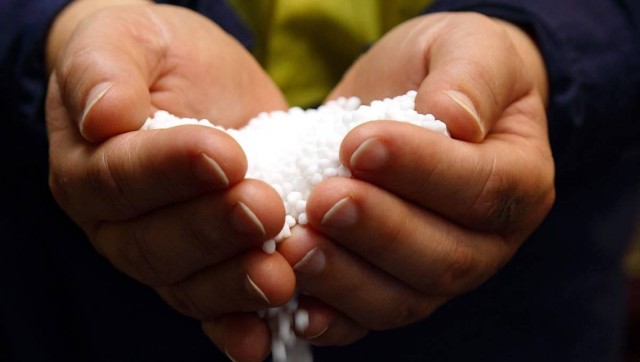
Features of the application of ammonium nitrate on different types of soils
Ammonium nitrate should not be used simply at the discretion of the gardener or vegetable grower, but based on the type of soil, type of plant, climatic conditions of your region, as well as the agrochemical characteristics of a specific cultivation technology.
As for the versatility of ammonium nitrate, it can be firmly said that this fertilizer is suitable for any type of soil, however, on podzolic soils, with annual application of this fertilizer, slight acidification is observed.
If your region experiences excessively wet growing seasons, it is better to apply ammonium nitrate both in spring and autumn, using it as a top dressing. In regions with normal moisture, spring use is quite sufficient.
How to use ammonium nitrate?
In the garden, the fertilizer can be used, especially in those areas where crop rotation rules are not followed. In this case, the use of this fertilizer will help to level out the consequences of these violations.
In the orchard, this fertilizer helps stimulate the development of seedlings, adult trees, various shrubs and flowers. In fruit growing, with the correct application of ammonium nitrate, it is possible to significantly increase the yield (up to 50%).
Ammonium nitrate can be added to the soil by digging the soil in spring and autumn, dry, that is, in the form of granules. In addition, these fertilizers can be added in dissolved form, using both for root and foliar feeding, that is, spraying the fertilizer dissolved in water directly on the leaves.
Application of ammonium nitrate on various crops
Potato
Usually, ammonium nitrate is added to the holes on the end of a teaspoon, mixing well with the soil, after which the tuber is placed and sprinkled with earth.
White cabbage
This fertilizer is used a week after placing the seedlings in a permanent place. There is no point in applying it in dry form; 15 g of fertilizer should be diluted in a bucket of water and used per square meter of area. A week after this feeding, you can carry out foliar feeding – in the evening, spray the leaves of the seedlings with 0,25% ammonium nitrate, repeating such treatments 5-7 times during the growing season.
Bow
First, ammonium nitrate is scattered over the unthawed soil, approximately 9-11 g per square meter. A week later, the same amount of fertilizer can be scattered over the first shoots, slightly loosening the soil.
Grapes
The first part of the fertilizer is applied in the spring in the amount of half a tablespoon under each bush, in the summer – a third of a teaspoon under each bush. The soil should be loosened and watered.
Strawberries
In the first season, it does not need fertilization, in the second year, you can add 5-9 g of ammonium nitrate per square meter, sealing it in a pre-dug trench between the rows to a depth of 8-9 cm. After adding, the bed should be sprinkled with soil. In the 3rd season, it is better to water the plants with dissolved fertilizer – 25 g of fertilizer in a bucket of water, the consumption rate is 1 liter per square meter, when watering, do not pour on the leaves, but try to pour under the roots, it is better to do this in the evening.
Seedlings of most vegetable crops
You need to add literally 3-5 g of ammonium nitrate to each hole, it is great if you decide to dilute this amount in 0,5 liters of water in advance. A week later, you can repeat the feeding of already strengthened plants, diluting 35 g of fertilizer in a bucket of water and using it per square meter of soil occupied by seedlings.
Horticultural crops
When planting, pour 16-18 g of ammonium nitrate into the hole, mixing it well with the soil. Later, until mid-June, you can do another top dressing by dissolving 25 g of fertilizer in a bucket of water and pouring this amount under each tree older than five years and 20 g under each tree younger than five years.
If fruit trees are suffering from nitrogen starvation, they can be sprayed with a solution of ammonium nitrate in the amount of 25 g per bucket of water, the main thing is to thoroughly wet the entire above-ground mass of the plant.
Flower crops
Flower crops also respond very well to ammonium nitrate – gloxinia, petunias and the like. To do this, you first need to prepare a standard soil mixture, where you will plant the plants, and then add a tablespoon of this fertilizer to it. If you want to water the flowers with ammonium nitrate in the future, then 10 peas will be enough for a bucket of water, and this amount is for a square meter of area occupied by flowers.
In spring, you can also feed roses with ammonium nitrate; to do this, you need to water them with a solution consisting of a tablespoon of fertilizer per bucket of water; this amount is enough for 3-4 rose bushes.
Negative properties of ammonium nitrate
- Ammonium nitrate is quite explosive, therefore it should be stored away from fire.
- Do not spray plants on green foliage during the daytime, as this will cause severe leaf burns.
- If you decide to mix ammonium nitrate with potassium and phosphorus fertilizers, then fertilize the soil with this mixture immediately after its preparation.
- Do not use this fertilizer for vegetable crops that can accumulate nitrates: zucchini, cucumbers, pumpkin, squash.
- If an overdose of the drug does occur, the garden should be watered generously for a week, combining watering with loosening the soil.
- Two weeks before harvesting the fruit, the use of this fertilizer on any crop should be completely stopped.
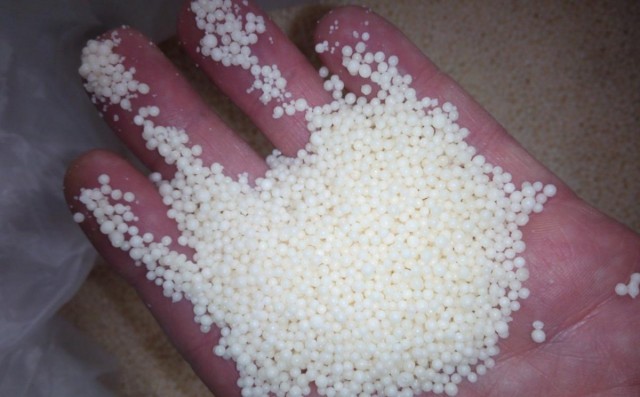
How to store ammonium nitrate?
First of all, ammonium nitrate should be protected from fire, secondly – from dampness. If the fertilizer is stored indoors, it should be devoid of fire sources, tightly closed, without the possibility of moisture penetration. The ideal storage temperature is 25-30 degrees above zero, high jumps are also undesirable, as this can cause caking of granules and cause difficulties in further use.
The usual shelf life of ammonium nitrate is six months, but this is in a sealed bag; after opening the package, the shelf life is reduced to only one month.
Conclusion. As we can see, ammonium nitrate can be considered a practically irreplaceable fertilizer, it is used in 80% of cases, and if you do everything correctly, you will get tasty and large fruits, free of nitrates, as well as lush flowering and large buds of roses and other flowers on your site.
